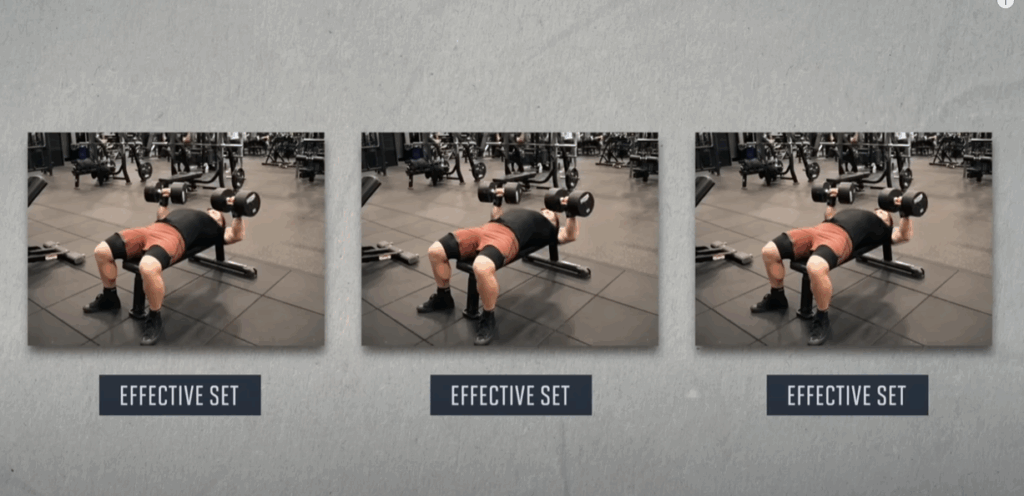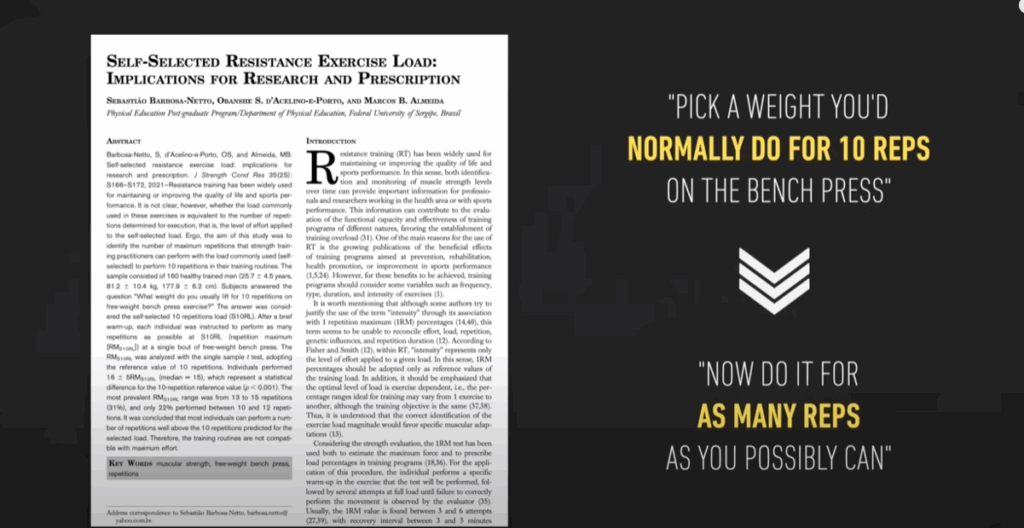Avoiding Junk Volume: How to Maximize Muscle Growth Without Wasting Your Workouts
When it comes to building muscle efficiently, more isn’t always better. Many lifters unknowingly fall into the trap of performing unnecessary sets that don’t meaningfully contribute to hypertrophy. This ineffective workload is often referred to as “junk volume”—training that uses time and energy without producing measurable gains in muscle or strength. While it might feel productive, junk volume can actually limit your progress by interfering with recovery and reducing the quality of your truly effective sets.

In this article, we’ll break down the three most common types of junk volume, explain why they’re holding back your results, and show you how to optimize your training so every set counts.
1. Too Much Volume in a Single Session
Let’s say you’re working chest. You warm up, then start your first working set of flat dumbbell presses, pushing near failure in the 8–10 rep range. This set is a strong stimulus for muscle growth—mechanical tension is high, form is controlled, and you’re training close to your limit. Add a second or even third set like this, and you’re still within effective volume.
But what happens if you keep going—set after set, until you’ve done 10 or 12 total sets for chest in one workout?
Here’s the issue: muscle protein synthesis and growth response plateau after a certain point. Scientific research—including a comprehensive analysis by James Krieger—suggests that around six sets per muscle group per workout hits the sweet spot for most people. Beyond that, additional sets tend to deliver diminishing returns or even become counterproductive by taxing recovery without producing more growth.
Instead of piling all your volume into one training day, try spreading it out. For example, perform 6 sets on Monday and another 6 sets on Thursday for the same muscle group. This approach enhances frequency and intensity while limiting wasted effort.
Also, consider using multiple exercises rather than repeating the same one excessively. For chest, three sets of dumbbell presses and three sets of incline cable flyes could be a balanced and effective combination. Adding more exercises or repeating the same pattern beyond this might not improve gains—it may just burn out your recovery systems.
2. Ineffective Effort: Easy Sets That Don’t Challenge You
Another subtle form of junk volume comes from sets that simply aren’t hard enough. Research shows that many gym-goers leave too many reps in the tank—especially when training without a coach or strict program. In one study, lifters were asked to select a weight they normally used for 10 reps, and then perform as many reps as possible. Nearly half of them managed 16 to 20+ reps, meaning they were training far below their true capability.
To stimulate muscle growth effectively, your sets need to be performed within zero to three reps of failure. Sets that end too far from this threshold might improve endurance slightly, but they won’t contribute much to hypertrophy—especially for intermediate and advanced lifters.
A smart approach is to take your final set of each exercise to true failure, or close to it. Whether you prefer to push to failure during each workout, or periodize it (saving failure training for the end of a mesocycle), effort is non-negotiable. If you’re not consistently training near your limits, don’t expect continued progress.

3. Ultra High-Rep Training with Too Little Load
There’s a misconception that doing super high reps—like 50 or more—can help “tone” muscles or add detail. But unless you’re using a meaningful load, these ultra high-rep sets fall into another category of junk volume.
Yes, research confirms that you can build muscle with lighter weights if you push to failure. However, once resistance drops below roughly 20% of your one-rep max, hypertrophic signaling drops off dramatically. Sets in the 15–30 rep range can still be effective, especially for isolation work. But when you exceed that with minimal resistance, you’re not stimulating growth—you’re just increasing fatigue and soreness without reward.
Worse yet, these types of sets can interfere with performance in later workouts. You may feel like you’re working hard, but that soreness and recovery cost doesn’t equal gains. Keep high-rep sets within a strategic range and avoid turning them into endurance challenges.
Individual Differences Matter
It’s important to recognize that not all bodies respond identically. Some individuals can tolerate more volume and even benefit from it—especially for certain muscle groups like quads, glutes, and back. For these larger, more robust muscles, 8–12 sets per session might still be effective, particularly if recovery, sleep, and nutrition are dialed in.
However, for muscles like biceps, triceps, or shoulders, the optimal per-session volume might be closer to 4–6 hard sets, especially if you’re training with proper intensity.
Weekly Volume and Frequency Are More Important Than Marathon Workouts
The most efficient way to avoid junk volume is to spread your total weekly volume across multiple sessions. Instead of crushing one body part with 20 sets on one day, consider training it twice per week with 6–10 quality sets per session. This allows you to keep your output high and effort consistent without overloading your recovery capacity.
This is one of the main reasons why training splits like push-pull-legs, upper-lower, or full-body routines tend to outperform traditional “bro splits” for most people. While the research shows that bro splits can be effective if weekly volume is matched, they’re often prone to overloaded single sessions filled with ineffective sets.

Final Takeaways: Train Smart, Not Just Hard
Avoiding junk volume isn’t about doing less—it’s about doing what matters most. Here’s how to make your training more efficient:
- Aim for 6–8 hard sets per muscle group per session for most muscles, adjusting based on individual response.
- Ensure every set is performed close to failure, ideally within 0–3 reps of your limit.
- Don’t rely on endless ultra high-rep sets with light weights; prioritize progressive overload.
- Distribute your training across the week rather than stacking it into one marathon session.
- Focus on quality movement, solid technique, and effort, not just volume.
By making these adjustments, you can eliminate wasted work and direct your energy toward training that truly drives progress. Remember: smarter training equals better results.



